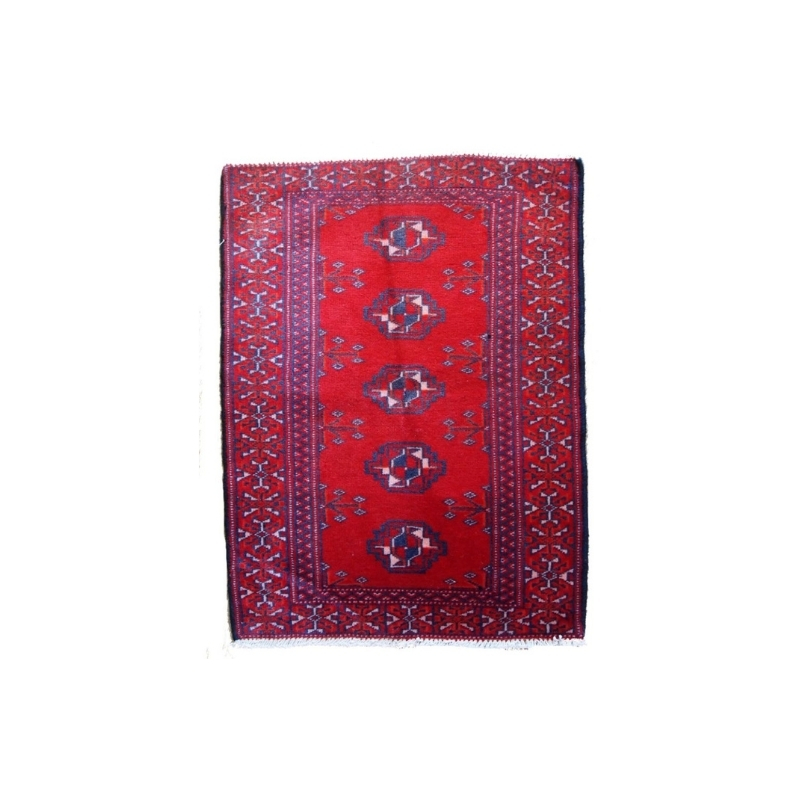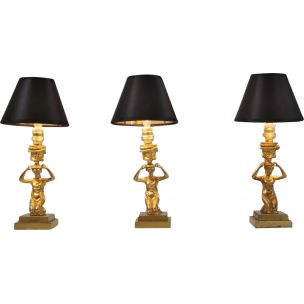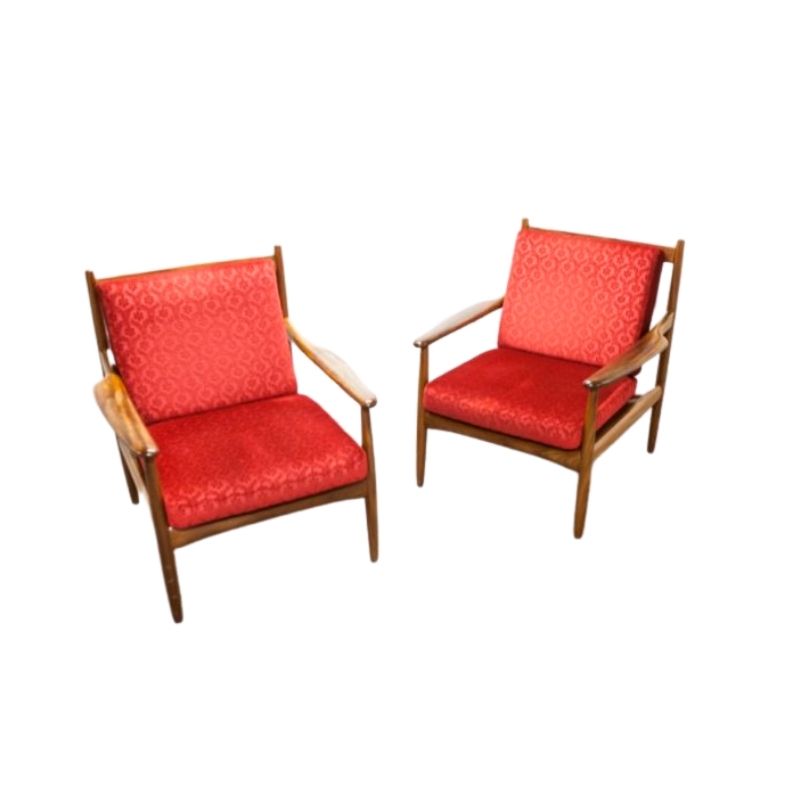There was actually a Selig finish by the not so politically correct title of "Nubian" that was jet black. I've seen it in the 4 options in a catalog, but I've never actually seend a chair with that finish originally.
You might just put over a "Tung Oil Finish" like the ones by Formby's or Minwax.
India ink can look matte but it depends on the brand, I think. Permanent India ink has a bit of shellac in it, which is what makes it permanent on paper though when used on furniture you can still rub pigment off after it's dried. The sheen also depends on the texture of the wood, too. I just inked some beech that had been lacquered and though I'm sure I got all the lacquer off, the wood was still very, very smooth. The ink had a different look on the parts that had never been lacquered.
Short version: test it, see if you like it.
And yes, you can use paste wax to give it a soft sheen. I think this also helps minimize pigment rub-off, maybe eliminates it altogether. Again, it probably depends on the wood and the ink somewhat.
There is currently a pair of these stained beech chairs (#598-15) for sale on eBay. The photos show some interesting conditions, one of which might poke a small hole in a previous dating assumption of mine.
1) Both eBay chairs have the "flat paddle" armrest design, rather than the recessed armrest as shown in the previous chairs of this post. Was the thinking that the recessed armrest was the earlier version?
2) Both eBay chairs have the Selig medallion, which was not applied to the earliest Selig chairs.
3) Both eBay chairs have the backrest points at the upper part of the slats. The other chairs in this post (including catalog cut) have the points in the middle.
4) Both eBay chairs have a flat crest rail. The other chairs in this post (maybe catalog cut but tough to tell) have a curve on the top side of the crest rail.
5) The most interesting feature of the eBay chairs is that they have different seat frame strap designs. One has the three slot holes per side, which should be the earliest design based on patent drawings. The other has the continuous groove design, which uses the Fagas straps with integrated 45 degree clips. The other chairs in this thread have the three slots when shown. There is the possibility that a slotted seat frame was replaced with a newer grooved frame for one of these chairs (and refinished afterwards as the finishes on the eBay chairs do not look original to me). The other two possibilities are that 1) these chairs of different eras and paired together later in life, or 2) there was an overlap period where different seat frames were being used at the same time.
On a related note, I should have "after" photos of the restoration process for my chair within a couple of weeks.
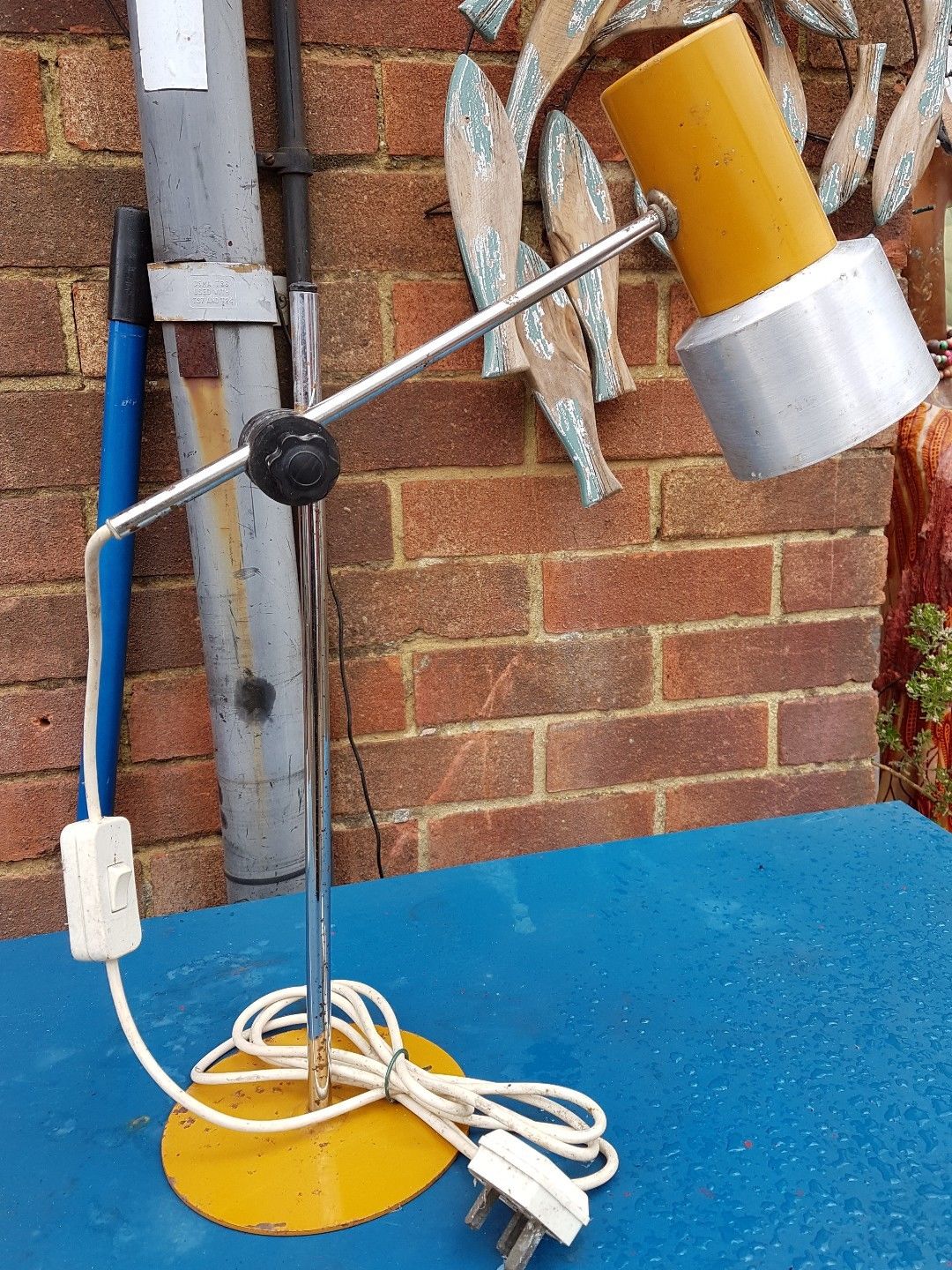
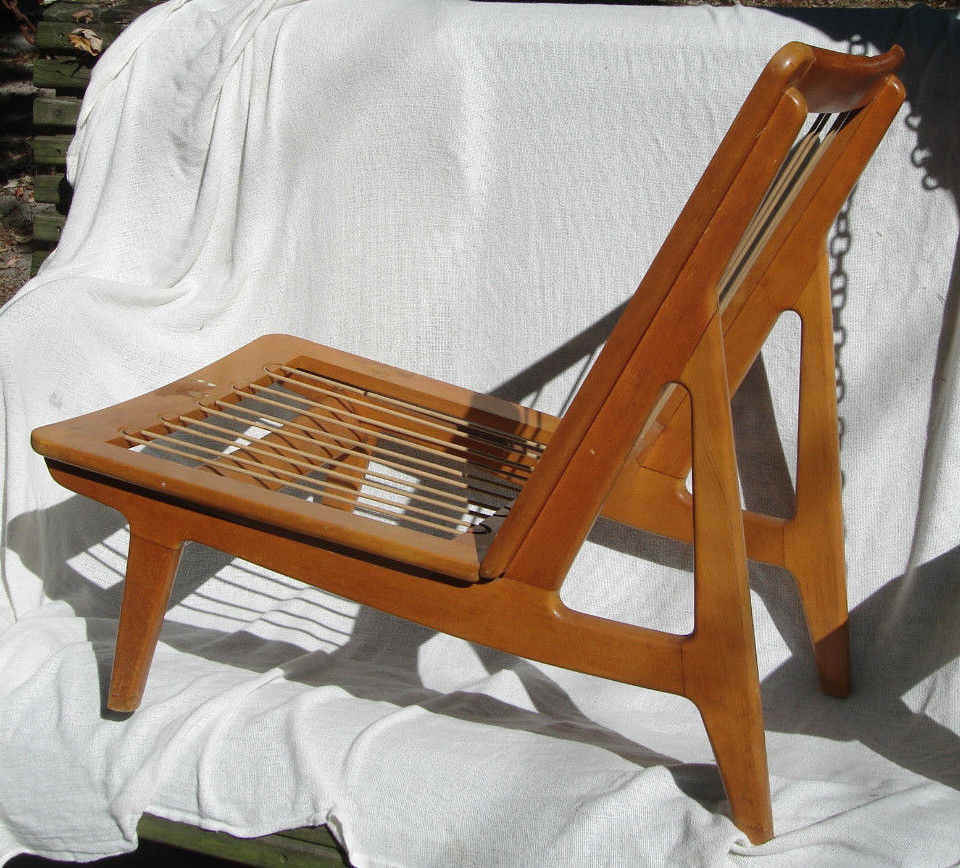
Finally finished the 598-15 chair restoration project this past weekend. Most of the effort was previously spent removing the existing worn finish: three passes of Citri-strip, followed by a mineral spirits cleanse, then a couple of sanding runs with various grades of sandpaper. While I had heard and appreciated prior stripping/sanding effort stories for this type of chair, I now have a greater appreciation for the work involved. All of the different members, curves, nooks, and crannies presents a tedious effort to remove the existing finish, compared with a side table.
As stated by others on this site, it is difficult to replicate the original Selig stained beech finish due to the wood not absorbing the stain evenly. Add to the mix that it would be very difficult to get 100% of the old finish off, I choose to go with the india ink ebonizing route. A 3 oz bottle of Blick Black Cat ended up being the exact amount for two generous coats on all the chair members. I then applied a paste wax top coat finish to provide a little protection and matte sheen finish.
Add some new straps and cushions with medium gray Kvadrat Remix upholstery, and I'm pleased with how things turned out. The wood frame still has the feel of a vintage chair, even after the ebonizing refinish, as there are still nicks and scratches and marks that read through. The india ink was applied via a foam brush, not spray-applied, so that adds in a little hand-finished feel that matches well with the vintage piece.

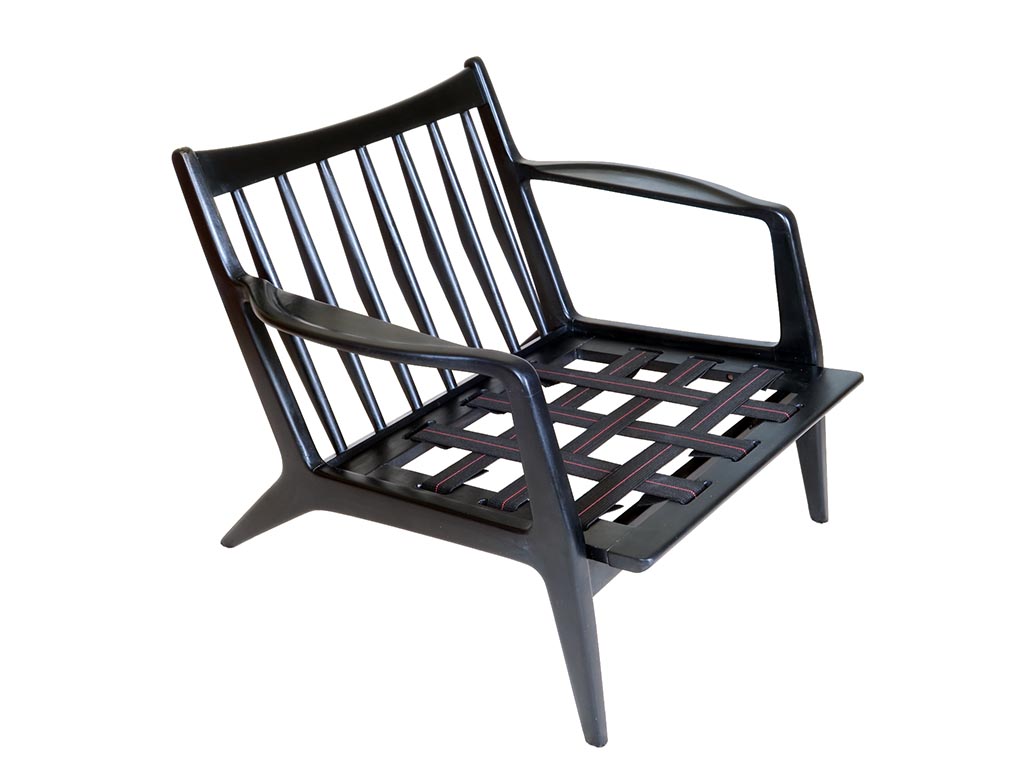
First effort indeed. Can't speak for all india ink, but application of the Blick product was very straightforward and simple. The key was to consciously not spread it too thin on the application. Otherwise, it pretty much applied itself, even over some stray bits of original finish still present in hard-to-reach corners of the framing. While I was a little unsure after the first coat, the second coat produced a fully opaque black matte finish. I applied the paste wax a couple of days later (use cloth, not a scouring pad, for application of paste wax over india ink).
I prefer this finish to black lacquer as you can still see and feel the texture of the wood. However I don't plan on doing this often; only for stained beech pieces whose original finish is beyond salvage. And after the stripping/sanding effort required for this chair, I'm not sure how many of those projects I'll be tackling in the future.
If you need any help, please contact us at – info@designaddict.com




